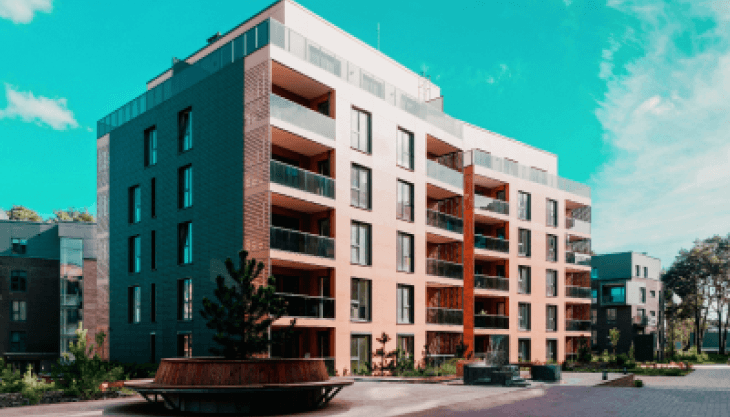Enhancing Wi-Fi Connection and Efficiency in Multi-Dwelling Settings for Optimal User Contentment
In the current world, having a robust and reliable Wi-Fi connection is essential, particularly in multi-dwelling settings like flats or condominiums. Many people rely on the network for employment, education, and leisure activities. However, Wireless transmissions can struggle to reach every area of these buildings due to multiple barriers. These hindrances can include walls, levels, and other electronic equipment that disrupt the connection. To enhance Wi-Fi connectivity and functionality in these settings, it is important to understand some basic principles of wireless networking.
One efficient way to enhance Wireless operation is by intelligently positioning gateways and access points throughout the property. A central placement is usually ideal, as it enables the signal to propagate uniformly in all areas. In spacious multi-dwelling residences, several access points may be required. These units assist increase the range of the wireless network and deliver stronger service to occupants in different parts of the structure. Additionally, deploying equipment that adhere to the current Wi-Fi protocols can result in faster speeds and better overall performance.

Another key factor in optimizing wireless connectivity is reducing disruption from other electronics. Many domestic items, such as microwaves and wireless handsets, can interfere with wireless transmissions. It is advisable to keep modems away from these appliances to ensure a more stable connection. Additionally, adjusting the frequency configuration on a router can help minimize conflict from neighboring networks. Most routers by default choose the most suitable band, but individually selecting a less congested one can enhance performance.
Regularly updating device firmware is also necessary for maintaining optimal Wi-Fi stability. Vendors frequently issue updates that fix issues and improve security measures. Maintaining the software current guarantees that users take advantage of the latest enhancements and read more defenses against possible risks. Furthermore, monitoring bandwidth activity assists in detect which endpoints utilize more bandwidth, enabling better management of available capacity.
Finally, informing residents about best practices for utilizing Wi-Fi can significantly improve their performance. Simple measures such as connecting only required units, using Ethernet connections when feasible, and routinely rebooting the device can improve reliability. By creating a culture that comprehends how to optimize their network usage, multi-unit environments can enhance resident experience and guarantee that everyone experiences a reliable Wi-Fi connection. This integrated approach of planned placement, reducing interference, managing equipment, and informing residents visit this website will result in a more reliable and satisfying Wi-Fi usage for all residents.